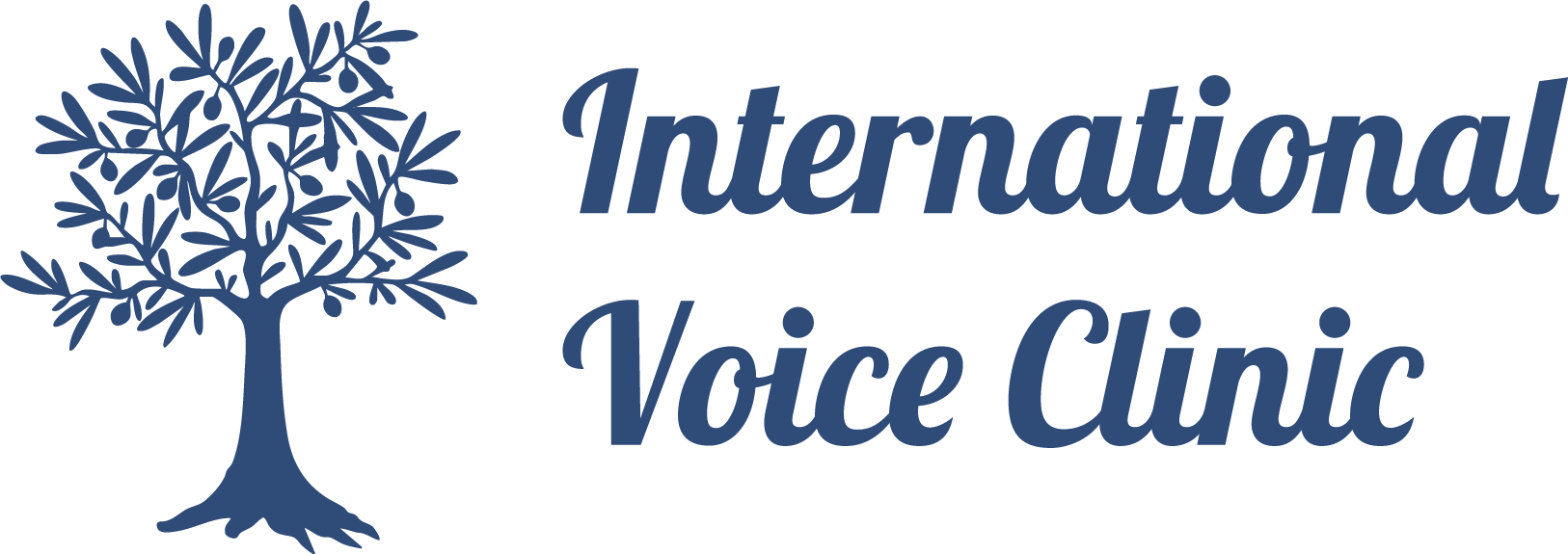What is Voice Therapy and How Can It Help?
Voice therapy is a specialized treatment designed to improve, restore, or optimize the function of the voice. It is a non-surgical, evidence-based approach that involves exercises, techniques, and education provided by trained professionals named as speech-language pathologists or voice therapists. This therapy is tailored to the unique needs of individuals experiencing voice disorders or those who wish to enhance their vocal abilities.
Who Can Benefit from Voice Therapy?
Voice therapy is beneficial for:
-
People with Voice Disorders:
-
Hoarseness or vocal fatigue due to overuse or misuse.
-
Vocal nodules, polyps, or cysts affecting vocal fold vibration.
-
Vocal fold paralysis that limits proper vocal cord movement.
-
Spasmodic dysphonia or other neurological conditions impacting the voice.
-
Chronic laryngitis caused by acid reflux, smoking, or irritants.
-
-
Professionals Dependent on Their Voice:
-
Singers, actors, teachers, public speakers, and broadcasters often require voice optimization or rehabilitation to maintain career demands.
-
-
Individuals Recovering from Surgery:
-
Post-operative care following vocal fold surgery is essential to regain voice strength and flexibility.
-
-
Children with Vocal Issues:
-
Kids with conditions like puberphonia or vocal strain can achieve better vocal control.
-
What Happens During Voice Therapy?
Voice therapy sessions are personalized and may include:
Assessment and Diagnosis:
The therapist examines your voice perceptually by listening. This should be after a diagnosis is obtained with an examination by a medical doctor specialized in voice care (phoniatrician – laryngologist) often with tools like flexible chip on tip laryngoscopy or videolaryngostroboscopy, to identify issues.
Education:
Patients learn about their voice mechanics, the causes of their problems, and strategies to protect their vocal health.
Vocal Exercises:
Tailored activities improve vocal strength, flexibility, and stamina.
Techniques like lip trills, humming, or pitch glides are commonly used.
Breathing Techniques:
Diaphragmatic breathing helps reduce strain and supports proper phonation.
Posture and Relaxation Techniques:
Proper alignment and tension release improve voice quality.
Behavioral Modifications:
Patients are guided to eliminate harmful habits like shouting, throat clearing, or speaking with poor hydration.
The Goals of Voice Therapy
Voice therapy aims to:
- Restore natural voice quality.
- Improve vocal endurance and reduce fatigue.
- Minimize symptoms such as hoarseness, strain, or pain.
- Prevent further damage to the vocal cords.
- Enhance vocal performance for professionals.
How Long Does Voice Therapy Take?
The duration of therapy depends on the individual’s condition, goals, and dedication to practice. While some see results in weeks, others may require several months of consistent effort.
How Can Voice Therapy Help You?
Voice therapy isn’t just about correcting problems; it empowers individuals to use their voice confidently and sustainably. By addressing both the physical and behavioral aspects of voice production, therapy can lead to lasting improvement in quality of life and professional success.
For anyone experiencing voice challenges or seeking to refine their vocal skills, consulting a specialized voice clinic can be the first step toward a healthier, stronger voice.
Engage with Us!
If you’re struggling with your voice or want to explore your vocal potential, we’re here to help. Schedule an assessment at our clinic today and take the first step toward achieving your vocal goals.
www.internationalvoiceclinic.com
Instagram: @voiceclinic
WhatsApp: +90 312 284 28 88





